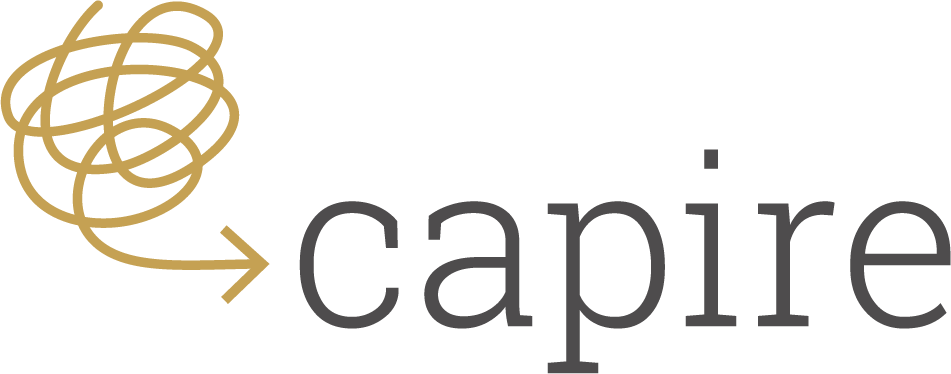Use plain language in your writing
Have you come across the term ‘plain language’? It’s a style of writing that uses language, structure and presentation that readers can understand and act on by reading just once.
What is plain language?
Plain language is language that:
- uses commonly understood words and phrases
- is clear and concise
- avoids unnecessary technical jargon
- is appropriate to the audience’s age, developmental level, language ability and familiarity with the topic
- is free of clichés.
Is plain language a way of dumbing down my writing?
Contrary to what you may have heard, plain language is not amateurish writing. It doesn’t patronise readers, oversimplify topics or change the meaning of what you want to say.
Is plain language just a fad?
Plain language has been around for almost 90 years! Plain English dates to the 1940s when British senior civil servant Sir Ernest Gowers was asked to write a guide for officials on avoiding pompous and over-elaborate writing. He published a guide, The complete plain words, which is still in print today.
In 1979 the Plain English Campaign was launched in the UK to tackle ‘gobbledygook, jargon and misleading public information’. The Plain English Campaign created the Crystal Mark that is now used by over 1600 organisations to show they use plain English.
In New Zealand, the WriteMark Plain English Awards Trust was formed in 2008. The Trust organises and hosts the annual Plain English Awards.
Why should I use plain language?
Plain language benefits writers, readers and organisations in several ways:
- It is faster to write.
- It is faster to read.
- It gets the message across.
- It allows people to participate in activities, because they can understand the information they are given to read.
- It saves organisations time and money.
How can I turn my writing into plain language?
Using plain language is easy. Here are eight ways to make your writing plain:
- Use short sentences (no more than 20 words).
- Stick to one point per sentence.
- Use active voice rather than passive voice.
- Speak to your audience (use ‘you’, ‘we’, ‘us’ and ‘our’).
- Use words that your reader will understand (don’t hide behind jargon terms).
- Give clear and simple instructions, such as ‘contact us at …’ rather than ‘you are welcome to get in touch with …’.
- Avoid using nominalisations (nouns made from verbs or adjectives, such as collaboration), which make writing dull and hard to read.
- Use lists to help split up information.
Download our checklist of plain language elements. Keep this handy so you can check your documents are written plainly.

Capire is a leading New Zealand writing consultancy for governments, NGOs and international development agencies. We help organisations transform their complexity into plain English. Find out more about how we can help your organisation or sign up for our newsletter to get more tips to improve your writing.























